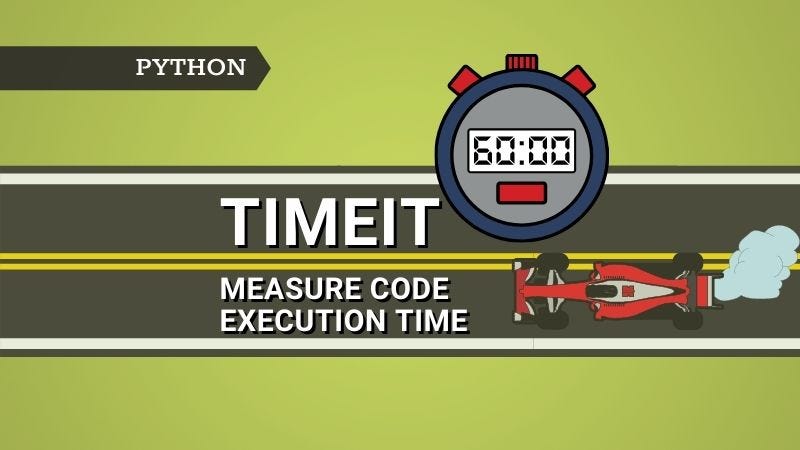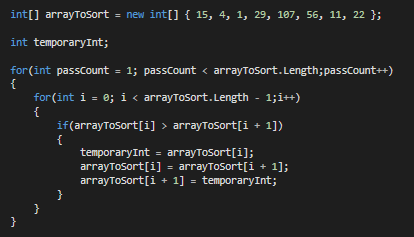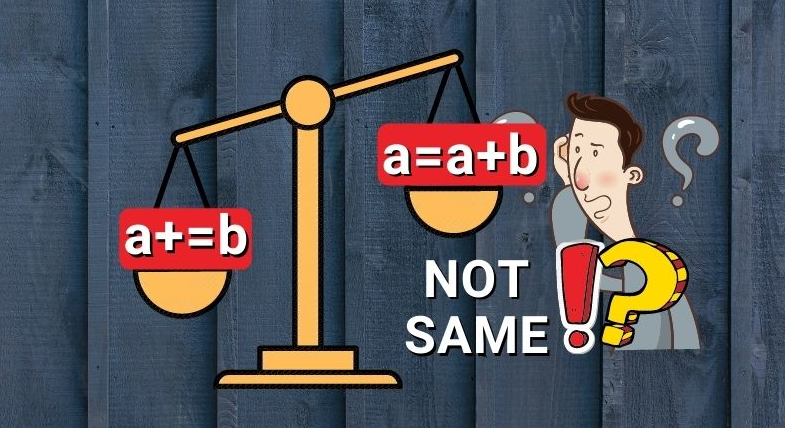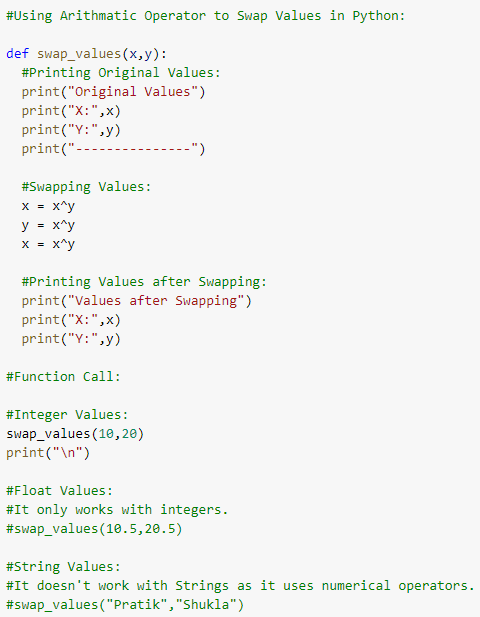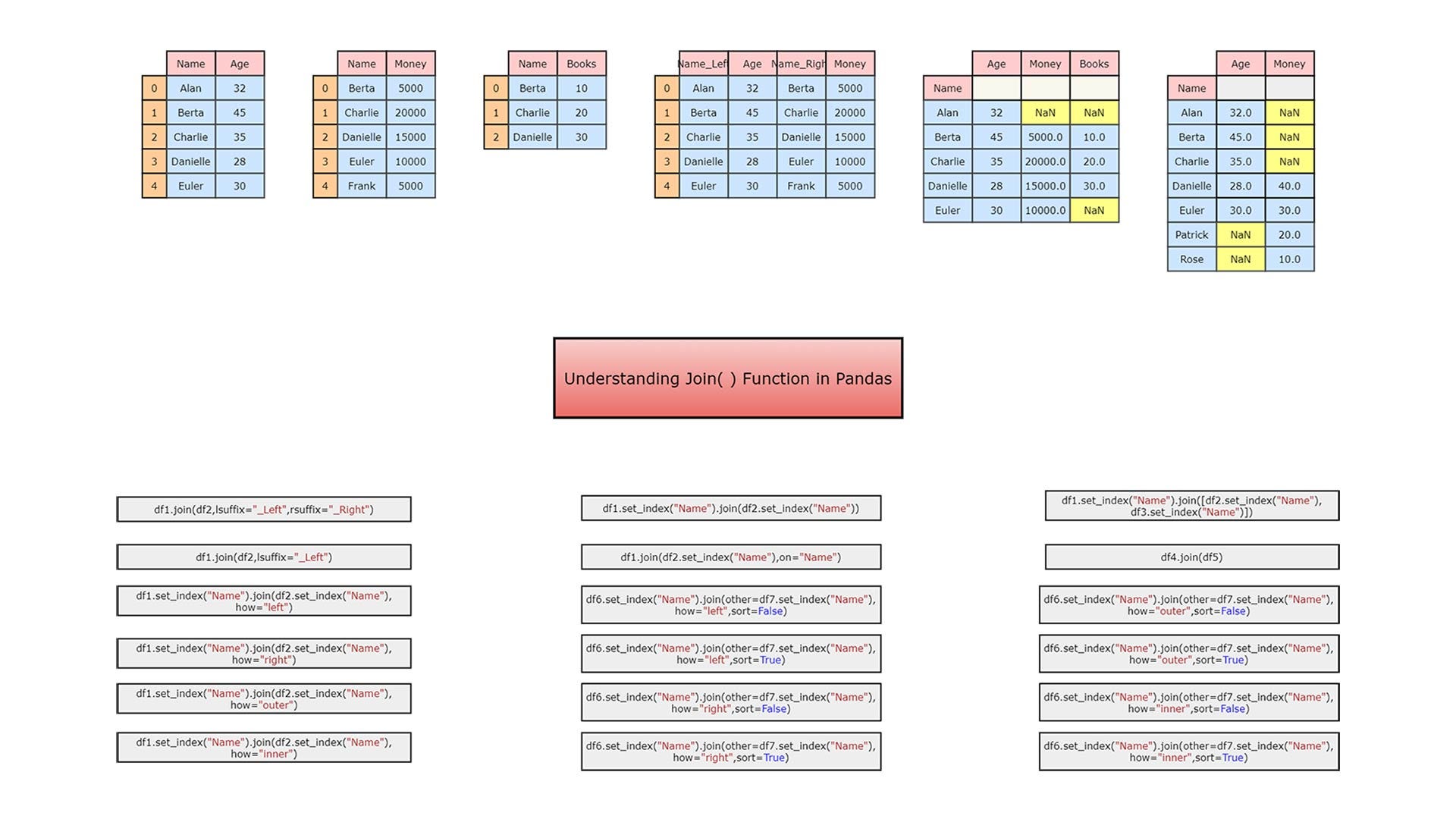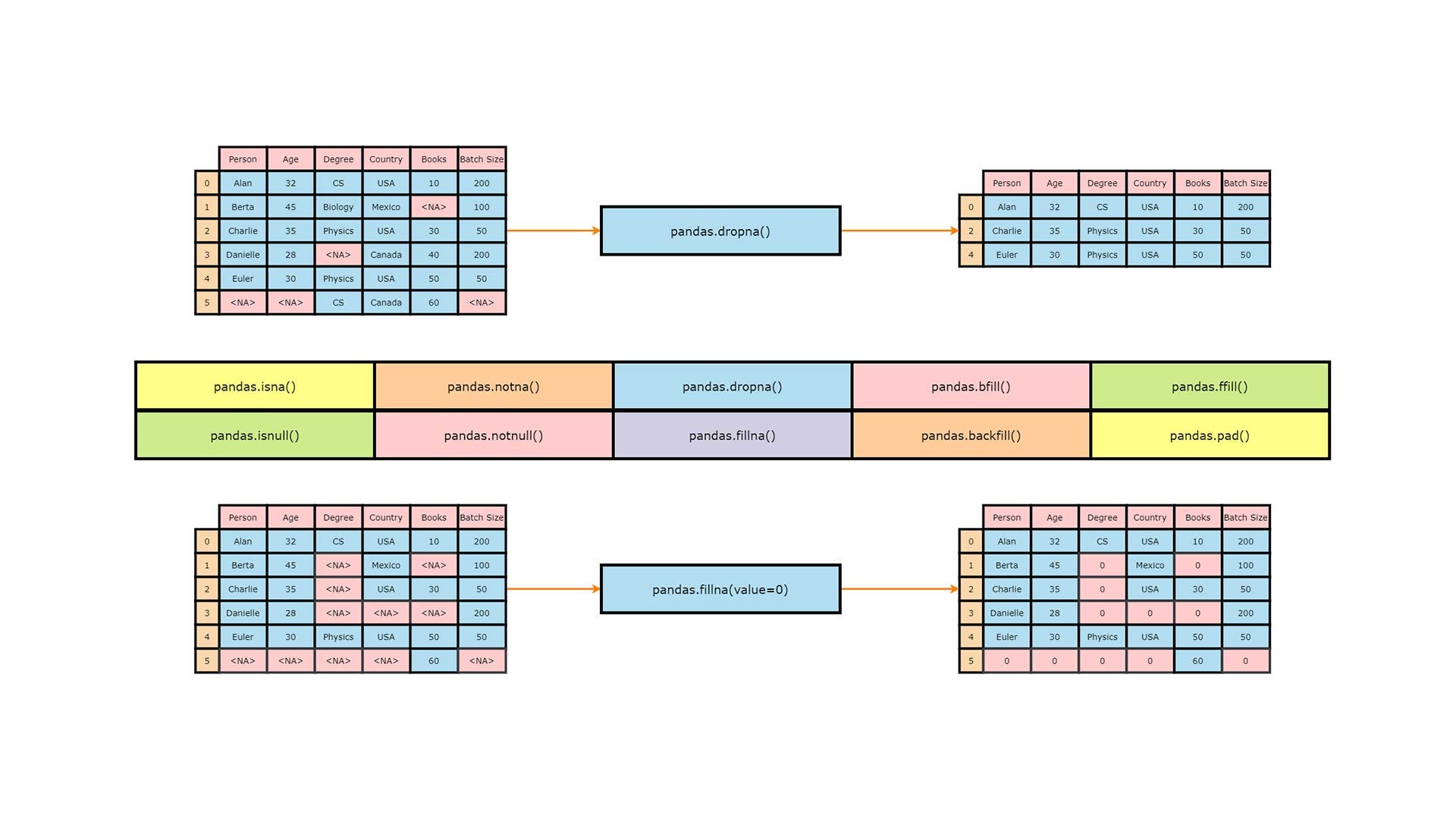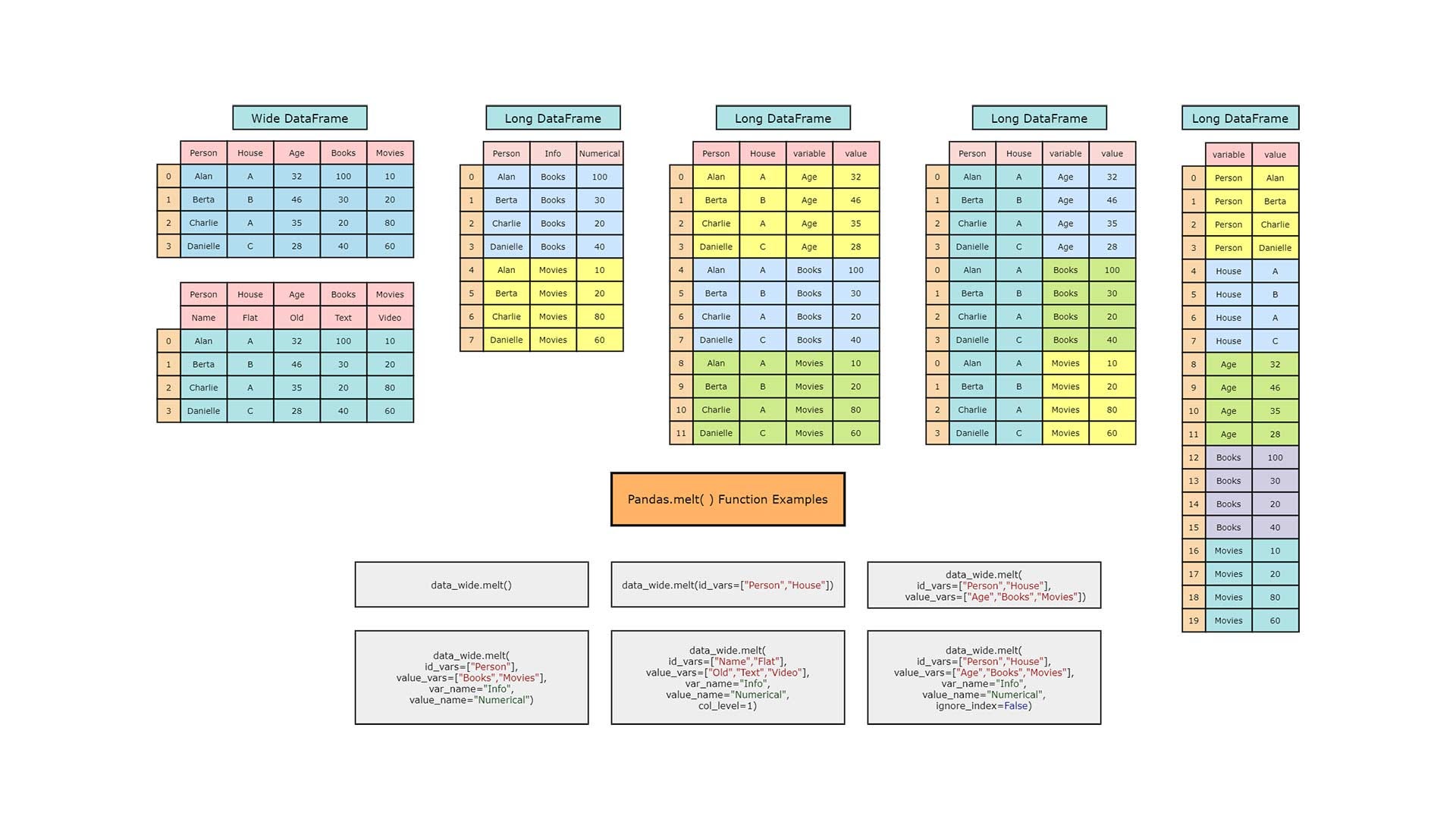What Is timeit Module In Python?
Author(s): Chetan Ambi Originally published on Towards AI the World’s Leading AI and Technology News and Media Company. If you are building an AI-related product or service, we invite you to consider becoming an AI sponsor. At Towards AI, we help scale …
The Why, When, and How of Using Python Multi-threading and Multi-Processing
Author(s): Thilina Rajapakse This guide aims to explain why multi-threading and multi-processing are needed in Python, when to use one over the other, and how to use them in your programs. As an AI researcher, I use them extensively when preparing data …
Big O Notation: What Is It?
Author(s): Mohit Varikuti Originally published on Towards AI the World’s Leading AI and Technology News and Media Company. If you are building an AI-related product or service, we invite you to consider becoming an AI sponsor. At Towards AI, we help scale …
Code Algorithms
Author(s): Mohit Varikuti Originally published on Towards AI the World’s Leading AI and Technology News and Media Company. If you are building an AI-related product or service, we invite you to consider becoming an AI sponsor. At Towards AI, we help scale …
Find the Length of an Array in Python
Author(s): Pratik Shukla Originally published on Towards AI the World’s Leading AI and Technology News and Media Company. If you are building an AI-related product or service, we invite you to consider becoming an AI sponsor. At Towards AI, we help scale …
The Python Developer RoadMap
Author(s): Kunal Ajay Kulkarni An all-in-one guide to becoming a Python Developer with links to useful courses! Photo by Francesco Ungaro on Unsplash Python is one of the most desired programming languages by data scientists, software engineers, and developers due to its absolute versatility. …
The difference between a=a+b and a+=b in Python
Author(s): Chetan Ambi Introduction I am sure you are already aware of the concatenation operators + and += in Python. As the name itself says, concatenation operators are used to concatenating multiple sequence types (For example, concatenate two lists). Similarly, * and …
Understanding Semantic Analysis Using Python — NLP
Author(s): Towards AI Team How do machines understand our language? This tutorial dives into semantic analysis, a crucial area of natural language processing (NLP) Continue reading on Towards AI » Published via Towards AI …
Marketing Analytics Insights Using Machine Learning
Author(s): Towards AI Team Using data science to dive into marketing analytics through customer segmentation and machine learning techniques Continue reading on Towards AI » Published via Towards AI …
5 Ways to Swap Two Variables in Python
Author(s): Towards AI Team This tutorial will see how we can swap two variables in the Python Programming language in five different ways. Continue reading on Towards AI » Published via Towards AI …
Deep Dive Into Pandas DataFrame Join — pd.join()
Author(s): Towards AI Team A deep dive visual tutorial on how to join columns with other data frames in pandas Continue reading on Towards AI » Published via Towards AI …
Handling Missing Values in Pandas
Author(s): Towards AI Team A hands-on visual tutorial on how to detect and handle missing data in pandas Continue reading on Towards AI » Published via Towards AI …
Understanding Pandas Melt — pd.melt()
Author(s): Towards AI Team Understanding the most efficient and flexible function to reshape Pandas data frames Continue reading on Towards AI » Published via Towards AI …
The Seven Planets Riddle
Author(s): Towards AI Team Can you solve the seven planets riddle? We bring you ten different solutions. Hop on board and give your brain a workout! Continue reading on Towards AI » Published via Towards AI …
Data Wrangling With Python — Part 1
Author(s): Amit Chauhan Useful transformation methods in data science Continue reading on Towards AI » Published via Towards AI …



